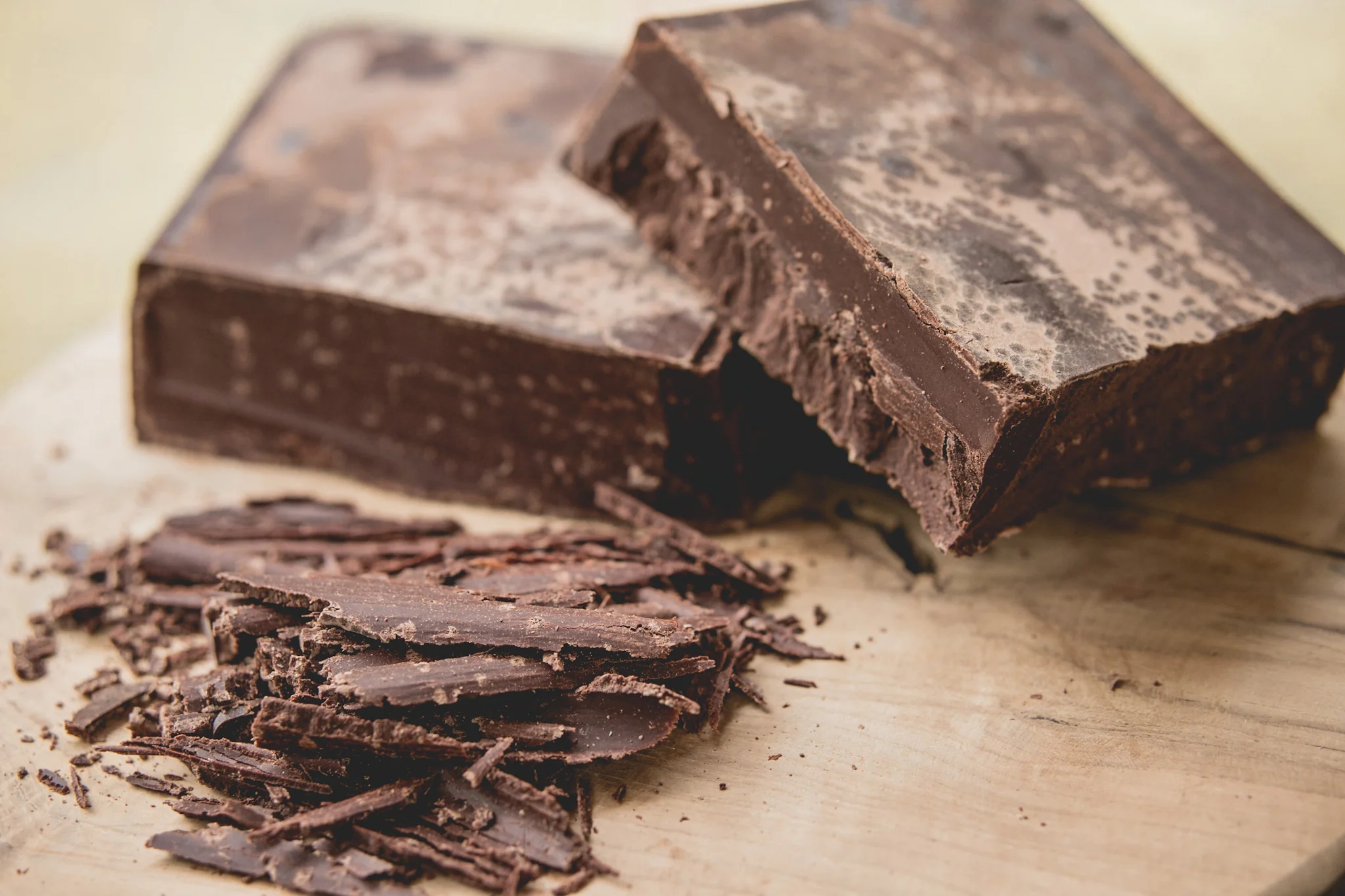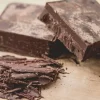Mayan Ceremonial Cocoa
81,00€
100% Pure Ceremonial Grade Cocoa, from Mayan Mountain, Belize, grown and harvested by native Mayan tribes.
The cocoa tree, which the Mayans call “Cucu”, is a traditional tree in their community and grows in perfect harmony along with the pineapple, vanilla and Mapacho trees.
Mayan farmers grow their crops in harmony with their environment and transmit their ancestral knowledge of cocoa cultivation from generation to generation. Then, they harvest it with a deep respect for the land and the ecosystem in which they inhabit.
Type: Ceremonial Grade Cocoa.
Origin: Southern Belize, “Maya Mountain” mountain range.
Presentation: Cocoa block.
Size: 500 grams.
Ingredients: 100% pure Ceremonial Grade Cocoa.
Storage: Store in a cool, dry place away from direct sunlight.
Ceremonial cocoa of Mayan origin
Ceremonial cocoa of Mayan origin, from small indigenous Mopan and Q’eqchi Mayan family farmers, who live in the deep jungles of the highlands of Guatemala and the Mayan mountain range of southern Belize.
Their traditions and knowledge of master plant cultivation have been preserved for thousands of years, passed down from generation to generation. Ceremonial Cacao has a special meaning for the Mayans; The gods gave cocoa to humans to infuse spirit and essence into the body.
In these lands full of biodiversity, cocoa flourishes along with other sacred crops such as corn and Mapacho. Afterwards, it is shared in the community and taken in their ceremonies with deep awareness, love and respect, just as they have done since ancient times; offering with great gratitude to the universe and creation.
It is a symbol of life and fertility, which nourishes physical, emotional and spiritual well-being. It is offered to the Earth, in recognition of the energy that sustains existence, and is consumed ceremonially as a sacred elixir, reinforcing the connection between nature and the divine.
The Mayan Mountain: Belize, Mopan and Q’eqchi natives
Belize cocoa comes from indigenous Mayan farming families, hailing from two different Mayan nations: Mopan and Q’eqchi, located in the region known as the Mayan Mountains, which is also the least developed and most rural region of Belize, where the ancient Creole variety of cocoa grows naturally, in perfect harmony in the shade of other local banana, avocado, coconut, cashew and vanilla trees.
The Q’eqchi Mayan nation calls cocoa “Cucu”. Harvest season is between January and June and around October/November when temperatures are low. Freshly harvested, unfermented cocoa beans are picked by a Belizean Mayan team and fermented. They are then dried in the sun, selected and classified by hand.
Many of the indigenous Q’eqchi’ Mayan families live isolated in the highlands of Guatemala, around Laguna Lachuá, a large cenote with crystal clear waters. The cocoa tree has grown there natively for thousands of years.
The indigenous Q’eqchi’ communities have been the guardians of the sacredness of cacao and have preserved sacred fire and cacao ceremonies for thousands of years.
Indigenous Mayan farming families pass on their knowledge of sacred plants from generation to generation and harvest their cocoa with deep respect for the land, supporting ecological and sustainable agriculture in their community.
Criollo Cacao is a native variety, called the “Queen of Cacao”, and only represents five percent of world cocoa production, usually considered the best and finest cocoa in the world.
Health Effects
Ceremonial cocoa promotes a deep spiritual experience, connects with the inner self and provides guidance and knowledge.
It is rich in a multitude of nutrients, including antioxidants, minerals (such as magnesium, iron and zinc), and vitamins (such as vitamin B).
Cocoa contains theobromine and anandamide, which improve mood and increase happiness. Ceremonial cacao is known for its powerful qualities of heart opening, emotional connection, compassion and self-reflection, allowing us to delve deeper into emotions and cultivate a sense of empathy and love.
Theobromine and small amounts of caffeine present in cocoa stimulate natural energy production, improving concentration and mental clarity.
In the ancient Mayan civilization, ceremonial cacao was considered a sacred gift that connected humans to the divine.
The Mayans used cocoa for both practical and ceremonial purposes, where it served as a means of spiritual enlightenment and opened communication with their ancestors. They treated the cocoa with great care, love and intention. It was deeply rooted in their culture, serving as currency, and source of vitality.
The Mayans collected ripe cocoa pods from the tree, carefully extracted the beans, carefully placed them for the fermentation phase and dried them in the sun.
They then peeled the beans by hand to remove the outer shell and ground them finely. They also added spices such as vanilla, chili and cinnamon to enhance the flavor. They mixed this cocoa paste with water, then poured it between vessels or used a traditional wooden whisk to create the foamy drink.
During ceremonial gatherings, the Mayans consumed this sacred cocoa beverage to connect with the divine, gain wisdom, and enter a heightened state of consciousness, nourishing both body and spirit, opening the heart, improving focus, and promoting spiritual awakening. .
As with any food or substance, moderation is key and it is essential to have
Take into account the amount of cocoa consumed to avoid any effect. Start with small amounts and increase gradually if desired, allowing you to become familiar with the effects and sensitivity to cocoa.
Benefits of ceremonial cocoa:
Emotional well-being: The cocoa drink has been associated with improving mood, promoting feelings of happiness and reducing anxiety and stress, thanks to components such as phenylethylamine (PEA) and anandamide.
Heart health: The flavonoids found in cocoa have been linked to cardiovascular benefits, including improved blood flow, reduced inflammation, and lowered blood pressure.
Increased attention and concentration: Cocoa contains stimulants such as theobromine and caffeine, which provide energy and improve attention and concentration.
Source of antioxidants: The ceremonial cocoa drink is full of antioxidants, such as flavonoids and polyphenols, which help fight free radicals and oxidative stress, contributing to general health and with rejuvenating properties.
Spiritual Connection: The unique blend of bioactive compounds and ceremonial use of the cocoa beverage aids meditation, mindfulness, and inner exploration.
Nutritional contribution: Ceremonial cocoa is an excellent source of minerals such as magnesium, iron and zinc. These minerals are vital for various functions in our body, including muscle and nerve function, immune support, and energy production.


